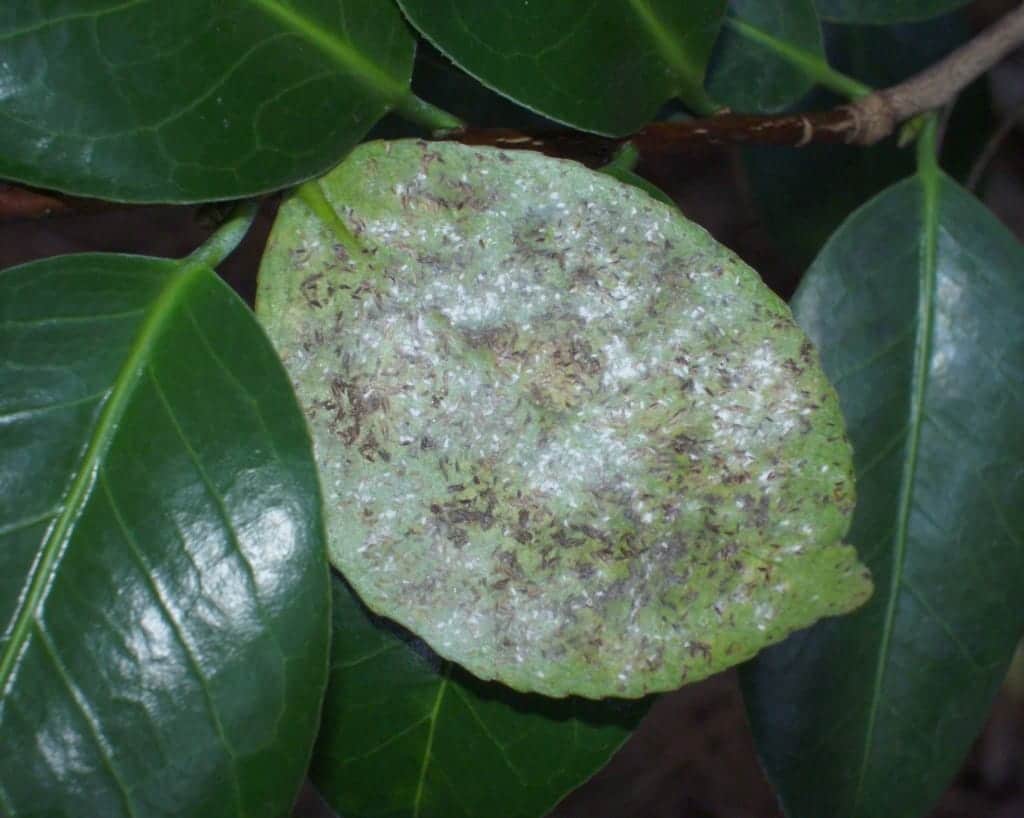Source(s): Willie O. Chance, UGA College of Agricultural and Environmental Sciences Extension Agent, Houston County.
Spring is almost here – ready or not. And this is the last call for many winter garden jobs. Try to do these chores as soon as possible, before your plants really start growing.

Control scale insects on branches of shrubs and trees with a dormant oil spray. Also, check and control overwintering infestations of scale insects found on the foliage of evergreen plants, such as camellias, cleyeras and hollies. Begin using other insecticides once your plants begin to bud or leaf out.
Remove old foliage on liriope. You can use a mower set on the highest setting or a weed eater. Do this before new growth starts (look in the center of the plant for new leaves). Cutting liriope back removes the old, ugly and blighted leaves. Never mow mondo grass (dwarf lily turf or monkey grass), however, as shearded mondo grass foliage does not grow back as well as liriope foliage.
Transplant trees and shrubs as soon as possible. Fall is best time to transplant, but now is okay, too. The later you wait, however, the lower their chance of survival.
Mulch, mulch, mulch! A layer of mulch, three to four inches thick, helps control weeds and keeps the soil moist. There are many sources of free or inexpensive mulch, so you have no reason not to mulch. This works well for fruits, vegetables, shrubs and flowers.
Fertilize pecan tree now before the grass really gets started. There are several options, but be sure to use a fertilizer with zinc in it. Pecans require zinc to make their leaves stronger and to help in kernel development. If using 10-10-10, apply one pound to new trees and four pounds per inch of trunk diameter at chest height to older trees. Spread it evenly around the tree, well beyond the drip line (the point to which the branches reach).
Prune spring-flowering plants, such as azaleas, camellias, forsythias, quince and spireas, etc. as soon as they finish blooming. Avoid shearing these plants, but selectively remove branches to maintain the beauty and shape of the plants.
Fertilize bulbs as soon as they come up. After they bloom, let the foliage die back naturally. This allows the bulb to store energy for next year’s blooms. If you want to move bulbs, mark where they are growing and then transplant them after the foliage dies back. Keep bulbs watered as needed.
Prune crape myrtles, chaste trees (Vitex), hollies and roses and other summer-blooming shrubs as soon as possible. Many other shrubs can be pruned now as well. Prune trees as little as possible. Do not give them an overall shearing. This can ruin their shape. Instead, remove individual branches completely back to where they are attached to the main branch.
Nandina grows like bamboo. These plants have long canes with leaves at the tops of the branches. Prune nandina plants by cutting one-third of the canes at one-third of the height of the plant. Prune another third at two-thirds height and leave one third alone. This should make the plant bushy. Mahonia and Aucuba (Gold dust plant) can also be pruned this way.
Do you have enough to do now? For more information on these and other lawn, landscape and garden topics, contact your local Cooperative Extension office.
Resource(s): Care of Ornamental Plants in the Landscape
Center Publication Number: 165